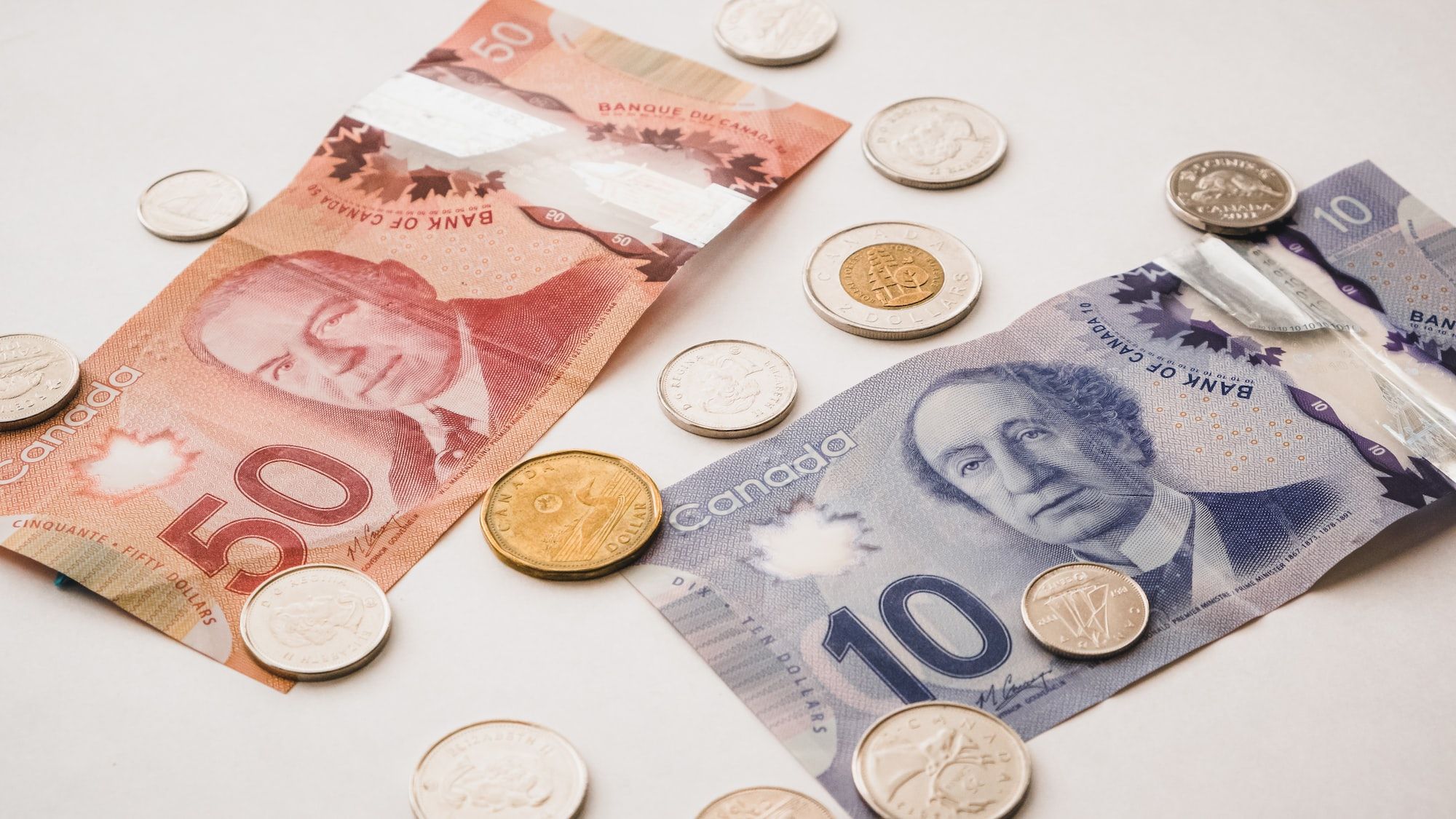FXOpen

As the chart shows, yesterday, the USD/CAD rate exceeded 1.389 for the first time in 2023. This happened against the backdrop of news regarding the economies of the USA and Canada:
→ Statistics Canada estimates that GDP contracted in the third quarter. Technically, it can be stated that the Canadian economy has entered a technical recession, as this is the second consecutive negative change in GDP for the quarter.
→ The US Employment Cost Index rose 1.1% in the third quarter after rising 1.0% in the second quarter, the Labour Department reported Tuesday. This is a sign of a strong labour market, but at the same time, it indicates the preconditions for rising inflation, since the costs to the employer may fall on the consumer.
How the Fed assesses inflation will become known today at 21:30 GMT+3 from Powell’s speech. Also, volatility in the USD/CAD market may increase the speech of Bank of Canada Governor Tiff Macklem at 23:15 GMT+3.

The chart shows that the USD/CAD rate is in an upward trend because:
→ exchange rate dynamics develop within the channel shown in blue — the strength of the USD relative to the CAD suggests that the US economy is in a stronger state than the Canadian one;
→ the magnitude of the B-C rollback is about 50% of the growth progress of A-B.
Since the USD/CAD price is near the upper boundary of the channel, this means that the market is vulnerable to a pullback. This probability is also indicated by potential price divergence with the RSI indicator.
If a rollback occurs, it may be shallow, for example, to the support zone formed by the median line of the blue channel and the level of 1.375, which previously served as an important resistance.
Be prepared for a spike in volatility tonight.
Trade over 50 forex markets 24 hours a day with FXOpen. Take advantage of low commissions, deep liquidity, and spreads from 0.0 pips. Open your FXOpen account now or learn more about trading forex with FXOpen.
This article represents the opinion of the Companies operating under the FXOpen brand only. It is not to be construed as an offer, solicitation, or recommendation with respect to products and services provided by the Companies operating under the FXOpen brand, nor is it to be considered financial advice.
Stay ahead of the market!
Subscribe now to our mailing list and receive the latest market news and insights delivered directly to your inbox.








